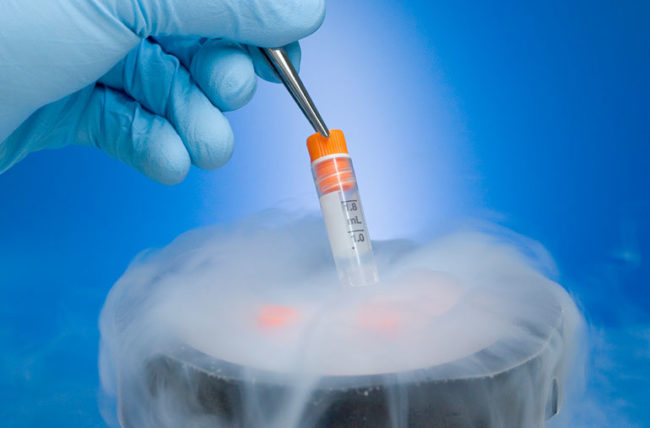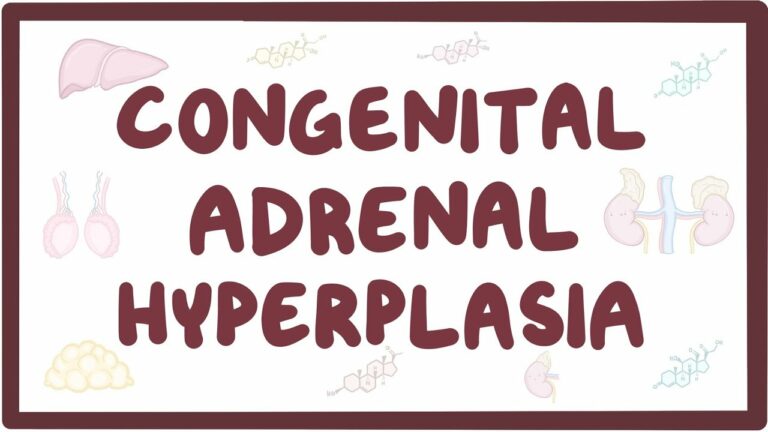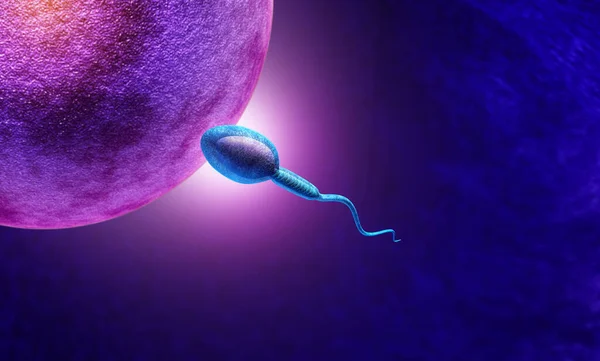How Many Follicles Are Needed for IVF?
In Vitro fertilization (IVF) is one of the most effective and most commonly performed infertility treatments in the world. Despite IVF being quite common and popular, a lot of people do not know what is involved in the process or the steps of this assisted reproductive technique. IVF is a sequence of steps or procedures that involves fertilization of an egg outside a woman’s body before implanting the embryo back into the uterus of the woman.
Furthermore, IVF is a last-gasp procedure and is usually performed when the other methods of trying to get pregnant have failed. IVF is a process with different steps, each step leads up to the other and sort of guarantees the success or failure of the subsequent step. The first step is the preparation for the IVF proper, the second step is egg retrieval, the third step is sperm retrieval and fertilization, and the fourth step is embryo transfer and implantation. Some extra steps are included in the processes if there are complications, like assisted hatching or intra-cytoplasmic injection of the sperm cell to enable fertilization.
Preparation for IVF: How many eggs do you need?
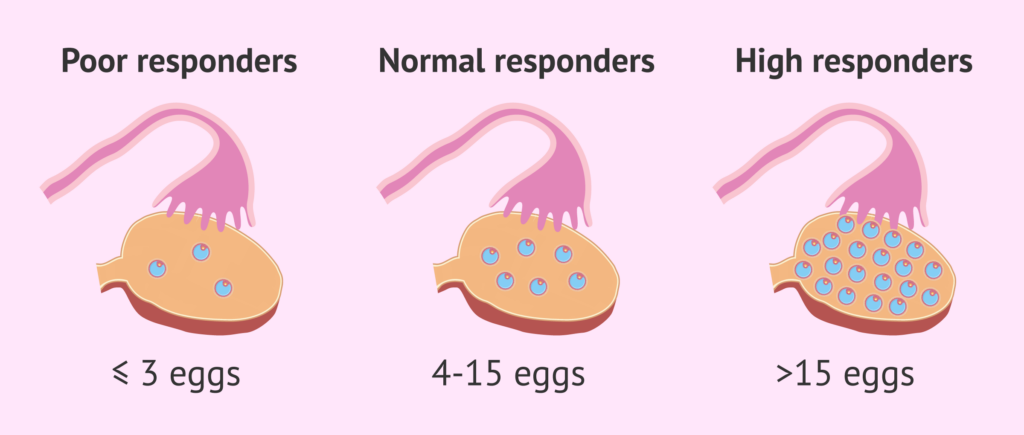
Before the IVF procedure, the couple will have to undergo some screenings and tests to establish if they are medically adequate and do not require any surgical intervention. The women undergo pre-cycle testing which includes hormonal assay and examining the ovarian reserve. Both partners are screened for sexually transmitted infection; the male partner undergoes semen analysis. After the screening, the woman is administered fertility drugs that stimulate the ovary; the drugs are given over two weeks (an average of 10 days). Ovarian stimulation is applied to aid maturation of multiple eggs/follicles for egg retrieval. An average of 10-20 eggs are retrieved for the IVF process; however, not all eggs are viable to use. On average, only about two-thirds of the collected eggs have adequate maturity and can be used for the fertilization process.
The physician in charge of the procedure will carefully continue the collection of a maximum number of eggs while also avoiding the development of ovarian hyperstimulation syndrome (OHSS). The physician examines the woman to determine when the eggs are due for collection through hormonal assay and vaginal ultrasound. Once the ultrasound determines that there is a sufficient number of matured follicles and that the estrogen hormone is at the right level, a trigger shot of the hCG hormone is administered. This replaces the naturally occurring luteinizing hormone.
Retrieving the egg
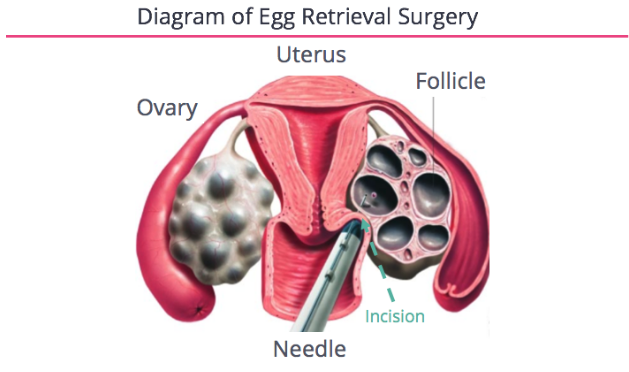
Usually, about a day and a half after the trigger shot, a surgical procedure is carried out to retrieve the eggs from the ovarian follicles. An ultrasound is used for this procedure. It helps to guide a small needle to one ovary and then to the next to aspirate the eggs. The process is conducted under sedation so, it is usually not painful or uncomfortable. The entire process usually takes less than 30 minutes. After the aspiration of the follicular fluid and the eggs, they are deposited into a test tube. The test tube is then handed to an embryologist who uses a microscope to find the eggs. The number of eggs produced is dependent on the ovarian reserve, the patient’s age, the response of the ovary to stimulation, and the ability to access the ovaries during the aspiration.
Fertilization
Once the eggs reach the lab, they are examined to determine their quality and maturity. The eggs deemed adequate are transferred to a culture medium specially prepared for it and placed into an incubator. The eggs are fertilized with collected sperm a few hours after retrieval. There are two methods used in fertilization: conventional mixing and intra-cytoplasmic injection (ICSI).
The process to be used depends on the quality of sperm collected and on the IVF team. The conventional method is done by placing the sperm in a small culture medium in a petri dish that also contains the egg. The sperm and the egg are then incubated together allowing the natural fertilization of the egg by the sperm. For the ICSI the sperm is injected into the cytoplasm of the egg using a sophisticated process.
Embryo transfer
After fertilization, embryo transfer follows. The IVF team and the couple decide exactly when the transfer will be done, but it is usually 1-6 days after the egg retrieval. The scenario is different if the couple chooses to screen the embryo. A biopsy is collected from the embryo on genetic days 5-6, and 3-8 cells from the embryo are sent for testing at a laboratory. While the tests are going on, the embryo is frozen and remains at the IVF lab. After the genetic test results are gotten, the selected embryos are chosen, thawed, and then implanted into the uterus.
The number of embryos that are produced is dependent on factors like the age of the couple, the general health of the sperm, etc. Multiple embryo transfers in the hopes of maximizing success have been known to induce twinning or triplets forming, which is associated with complications like pre-term births which can endanger both the mother and the babies. The safest approach, therefore, is to select the healthiest and strongest embryo, to maximize the chance of success. A catheter is used to do the transfer. It is done with an ultrasound which helps in the visualization of the process so that the embryo is placed at the best possible site to ease implantation. Good embryos that were not selected for implantation are frozen in case the cycle turns out not to be successful, or in case a couple wants more children after the first successful cycle.
Pregnancy test
After 12 days following the embryo transfer, a blood pregnancy test is carried out. If the pregnancy is confirmed, further blood testing and eventual ultrasound visualization follow to confirm the viability of the fetus, and if there are multiple pregnancies. If the pregnancy is normal after 9-10 weeks the woman is then referred to her obstetrician for further care of the pregnancy.
The information provided in this blog is for educational purposes only and should not be considered as medical advice. It is not intended to replace professional medical consultation, diagnosis, or treatment. Always consult with a qualified healthcare provider before making any decisions regarding your health. Read more


